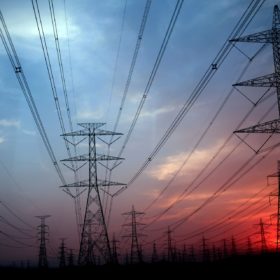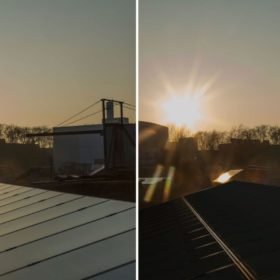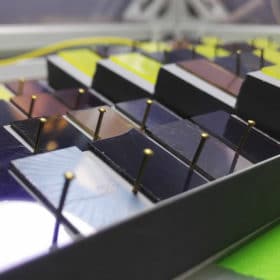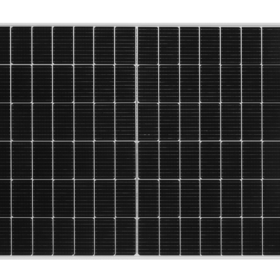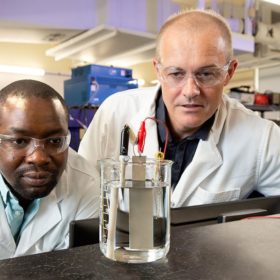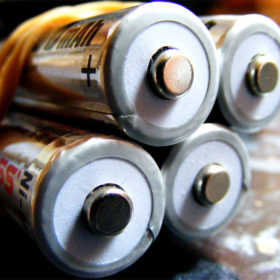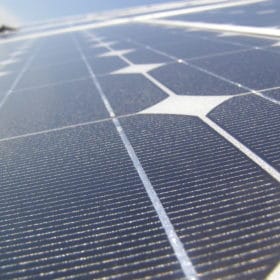Renewables could provide Australia with grid security, study shows
New research shows that renewables plus batteries could offer Australia’s electricity grid the same energy security as coal and gas generators, prompting calls for regulatory changes.
German start-up develops anti-reflective film claimed to improve PV module performance by 10%
German start-up Phytonics has developed the film by taking inspiration from nanostructures in plants. In solar cells, the film enables a broader absorption spectrum and a higher angle of light-incidence tolerance.
MIT scientists reveal method to identify stable perovskites
U.S. researchers are using a data fusion approach to identify the most stable perovskites for PV cells. Their machine-learning method combines perovskite test results with first-principles physical modeling to identify the best candidates.
What will African nations require to produce competitive green hydrogen exports?
A robust national strategy, a portfolio of renewable energy assets, public subsidies and, ideally, existing gas pipelines will all favor African nations aiming to become exporters in the energy storage medium, participants heard at a recent two-day green hydrogen conference.
Solar could address Albania’s climate-change-sensitive hydropower dependency
Photovoltaics could offer peak generation at times of the year when the nation needs it most, says IRENA, but plenty will have to be done, including upgrading an aging grid and training an army of installers and building energy auditors.
JinkoSolar unwraps 415 W PV panel for rooftop applications
The new, Tiger Pro 54HC panel is based on a 182mm, 54-cell design and exhibits an efficiency of up to 21.3%. The manufacturer claims the new product is particularly suitable for residential projects in high snow or high wind load areas.
Australian scientists achieve breakthrough with renewably powered carbon capture
Australian scientists have achieved a new breakthrough in carbon capture and storage. Their novel electrochemical process can store carbon dioxide in water with the power of solar or wind, while also producing by-products such as green hydrogen and calcium carbonate – perhaps the key to decarbonizing the cement industry.
Battery costs have fallen 97% since 1991, claim MIT researchers
Academics reviewed the historic price development of lithium-ion batteries and found the accepted model does not accurately reflect the full cost decline and technological improvement which has taken place. With more data points to compare, the team found batteries had improved even more than previously assumed.
18.3%-efficient perovskite solar cell for automatic light adjustment
Chinese scientists have powered two electrochromic devices with a perovskite solar cell based on a hole transporting material made of poly(triarylamine) (PTAA). The cell has an open-circuit voltage of 1.02 V, a short-circuit current of 22.8 mA/cm2, and a fill factor of 78.4%. When solar radiation is higher, the cells drive the electrochromic devices into a dark state, which in turn reduces the light that can enter a building.
US government wants to cut solar costs by 60% in 10 years
The US Energy Department set a goal of achieving 2 cents/kWh by 2030, and announced an initial $128 million in funding to support technology development.
